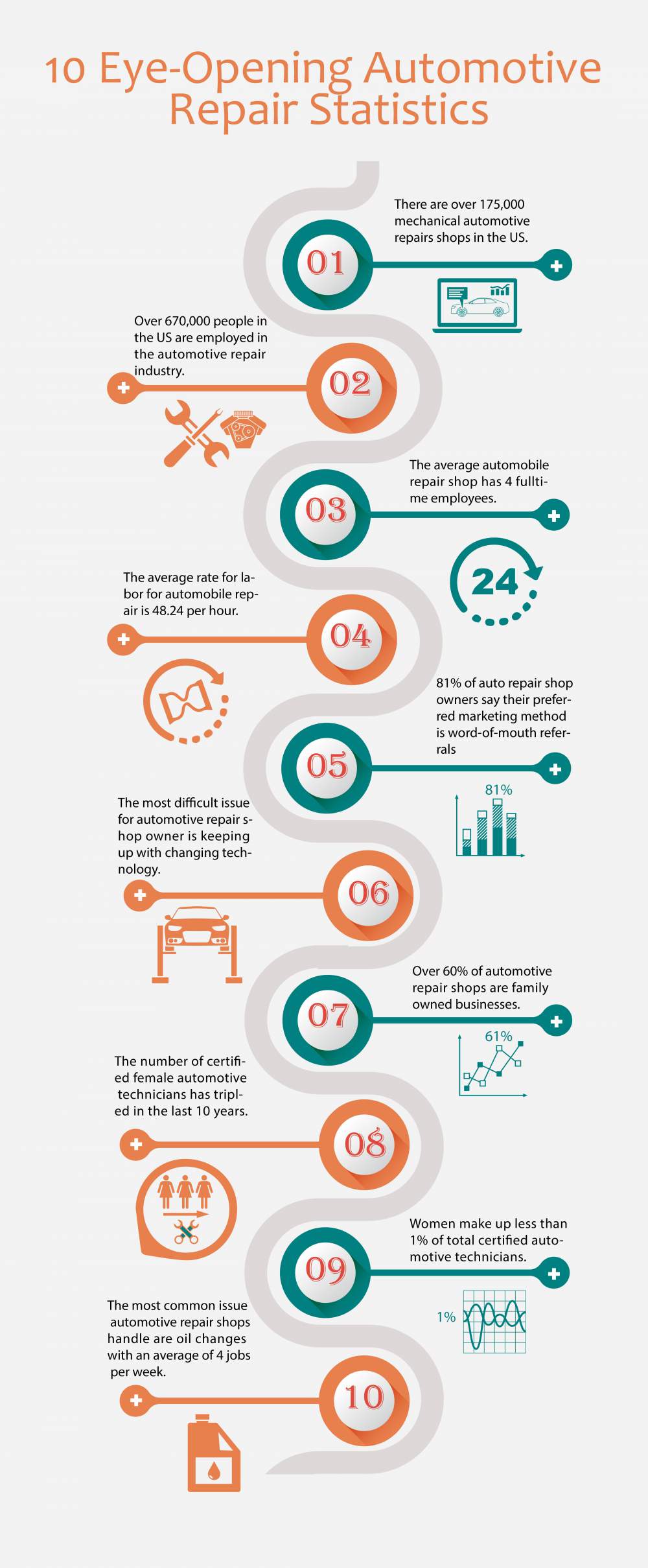Analyzing Your Vehicle'S Caution Indicators: What They Truly Communicate
Analyzing Your Vehicle'S Caution Indicators: What They Truly Communicate
Blog Article
Created By- additional Info
When you lag the wheel, those beautiful caution lights on your control panel can be a bit perplexing. Do you recognize what they're trying to tell you about your automobile's wellness? Comprehending the significance of these lights is important for your safety and the longevity of your vehicle. So, the following time one of those lights pops up, wouldn't you intend to decipher its message accurately and take the necessary actions to address it?
Common Warning Lights and Interpretations
Determine usual warning lights in your auto and comprehend their meanings to make certain secure driving.
The most normal caution lights include the check engine light, which signals issues with the engine or emissions system. If this light begins, it's important to have your lorry checked promptly.
The oil pressure warning light indicates reduced oil pressure, needing instant attention to avoid engine damages.
https://www.mass.gov/news/national-consumer-protection-week-ags-office-issues-consumer-advocacy-report-highlighting-tips-and-trends-from-2021 blinking battery light might recommend a malfunctioning billing system, potentially leaving you stranded if not addressed.
The tire stress monitoring system (TPMS) light signals you to low tire pressure, influencing lorry security and gas efficiency. Neglecting this could lead to hazardous driving conditions.
The abdominal light shows a trouble with the anti-lock braking system, compromising your ability to stop swiftly in emergency situations.
Lastly, the coolant temperature level cautioning light warns of engine overheating, which can result in severe damages if not fixed quickly.
Recognizing these typical caution lights will help you address problems quickly and preserve secure driving problems.
Relevance of Prompt Interest
Recognizing the usual caution lights in your cars and truck is just the initial step; the value of without delay dealing with these cautions can not be emphasized enough to guarantee your security when driving.
When a warning light brightens on your control panel, it's your automobile's means of interacting a possible problem that needs attention. Disregarding these cautions can bring about a lot more severe troubles later on, endangering your safety and potentially costing you much more out of commission.
Motivate focus to advising lights can prevent break downs and mishaps. For example, a flashing check engine light could indicate a misfire that, if left ignored, could trigger damage to the catalytic converter. Resolving this promptly can conserve you from a costly repair work.
Similarly, a brake system alerting light could indicate reduced brake liquid or worn brake pads, critical parts for your safety and security when driving.
Do It Yourself Troubleshooting Tips
If you observe a caution light on your dashboard, there are a few DIY troubleshooting suggestions you can attempt before seeking specialist aid.
The initial step is to consult your cars and truck's manual to understand what the details caution light shows. Sometimes the concern can be as easy as a loose gas cap setting off the check engine light. Tightening up the gas cap might fix the problem.
auto car detailing is a reduced battery, which can set off various advising lights. Examining the battery connections for deterioration and ensuring they're safe and secure might deal with the problem.
If a caution light continues, you can try resetting it by detaching the automobile's battery for a few minutes and then reconnecting it. Furthermore, examining your vehicle's liquid degrees, such as oil, coolant, and brake fluid, can aid fix cautioning lights connected to these systems.
Verdict
In conclusion, comprehending your vehicle's warning lights is crucial for keeping your vehicle running efficiently and securely. By promptly resolving these notifies and understanding what they indicate, you can avoid pricey repairs and potential break downs.
Keep in mind to consult your car's manual for particular information on each advising light and take action as necessary to ensure a hassle-free driving experience.
Stay informed, stay risk-free on the road!
